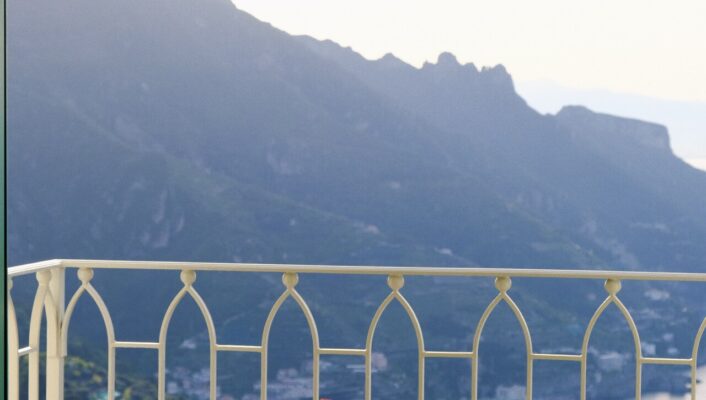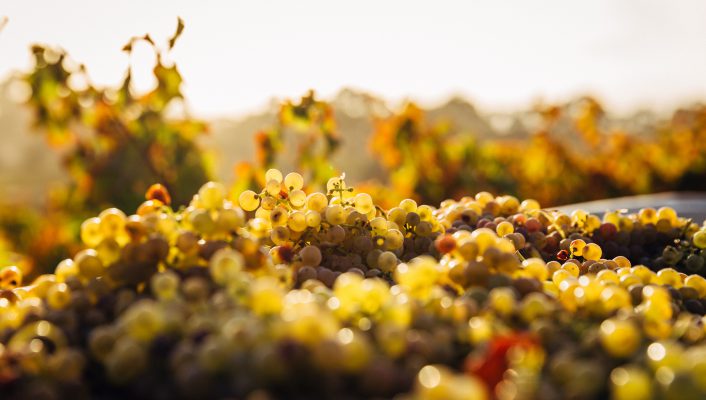Starting off with LAKE COMO
Wonderful landscapes create a truly unique scenario, capable of giving breathtaking views and unparalleled sensations; its charm has in fact inspired artists and poets of every age. Authentic places rich in art and nature, between stone villages and fairytale villas, with large gardens and elegant atmospheres.
We spent four days there this summer, these were our main stops:
Varenna and Villa Monastero
Varenna is a charming village located on the shores of Lake Como, in the province of Lecco. Loved for its romantic atmosphere and its picturesque houses, one of its main attractions is certainly “Villa Monastero”, an ancient thirteenth-century convent transformed into a house-museum and surrounded by a splendid park with a botanical garden that extends along the lake for a couple of kilometers. Here you can admire rare and unusual plants, including numerous tree species, both native and exotic; fountains, statues and small temples enrich the garden with elegance and magic. The Villa, with its inlaid furniture and tapestries hanging on the walls, offers a magnificent view of the lake.
Cernobbio
Cernobbio is a small village at the foot of Monte Bisbino. Its majestic villas have been the set of famous films, Oceans Twelve and Casino Royale to name a few, These villas are a big part of the reason why this small town, located northwest of Como, remains a MUST see.
A walk among the splendid liberty style villas typical of the area will lead you to the magical Garden of the Valley. The garden borders with the majestic garden of one of the most impressive luxury stays on the lake, Villa D’Este. Another Villa of note is Villa Erba, Italian film director Luchino Visconti’s former summer residence, now an exhibition center.

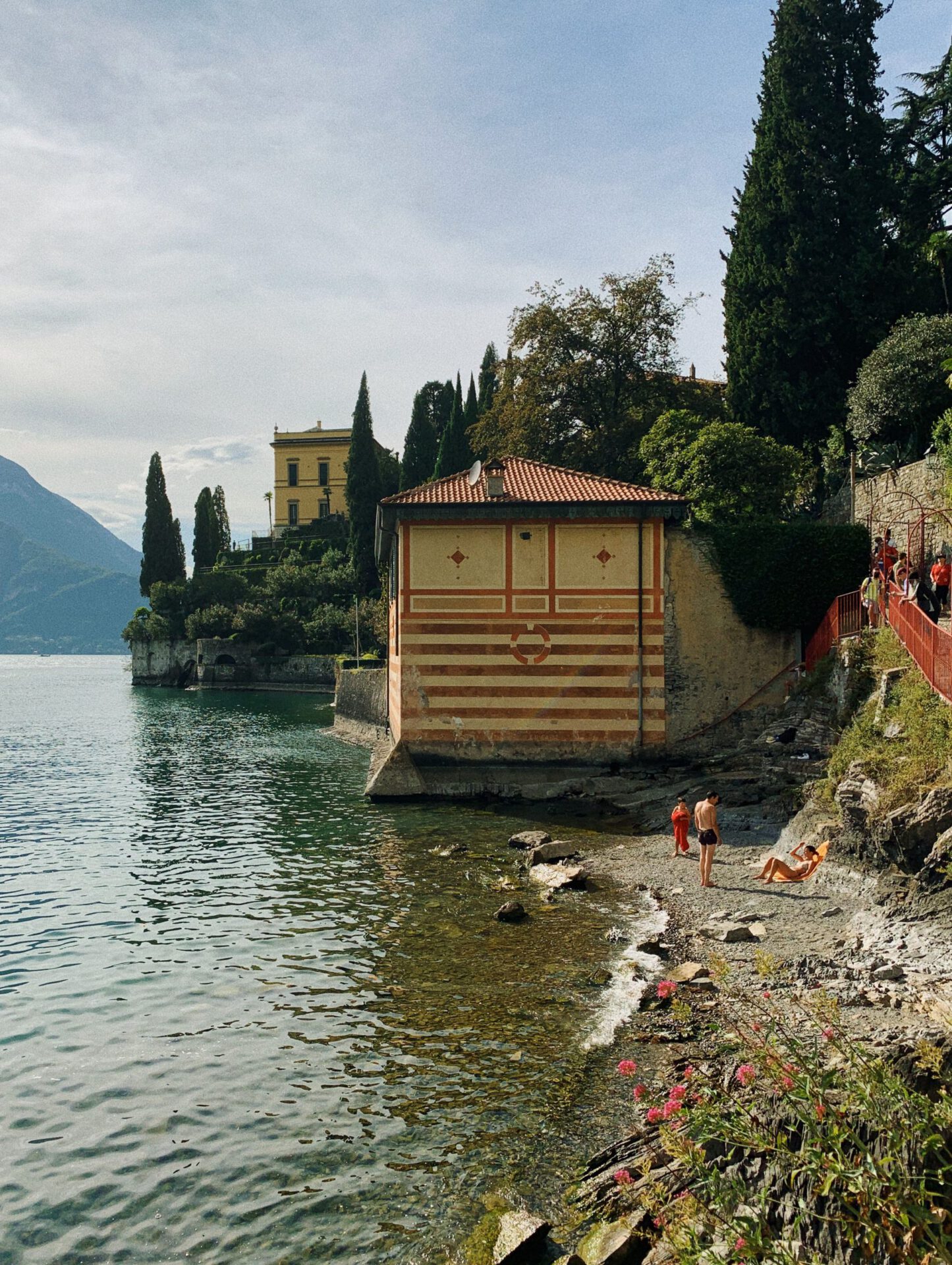

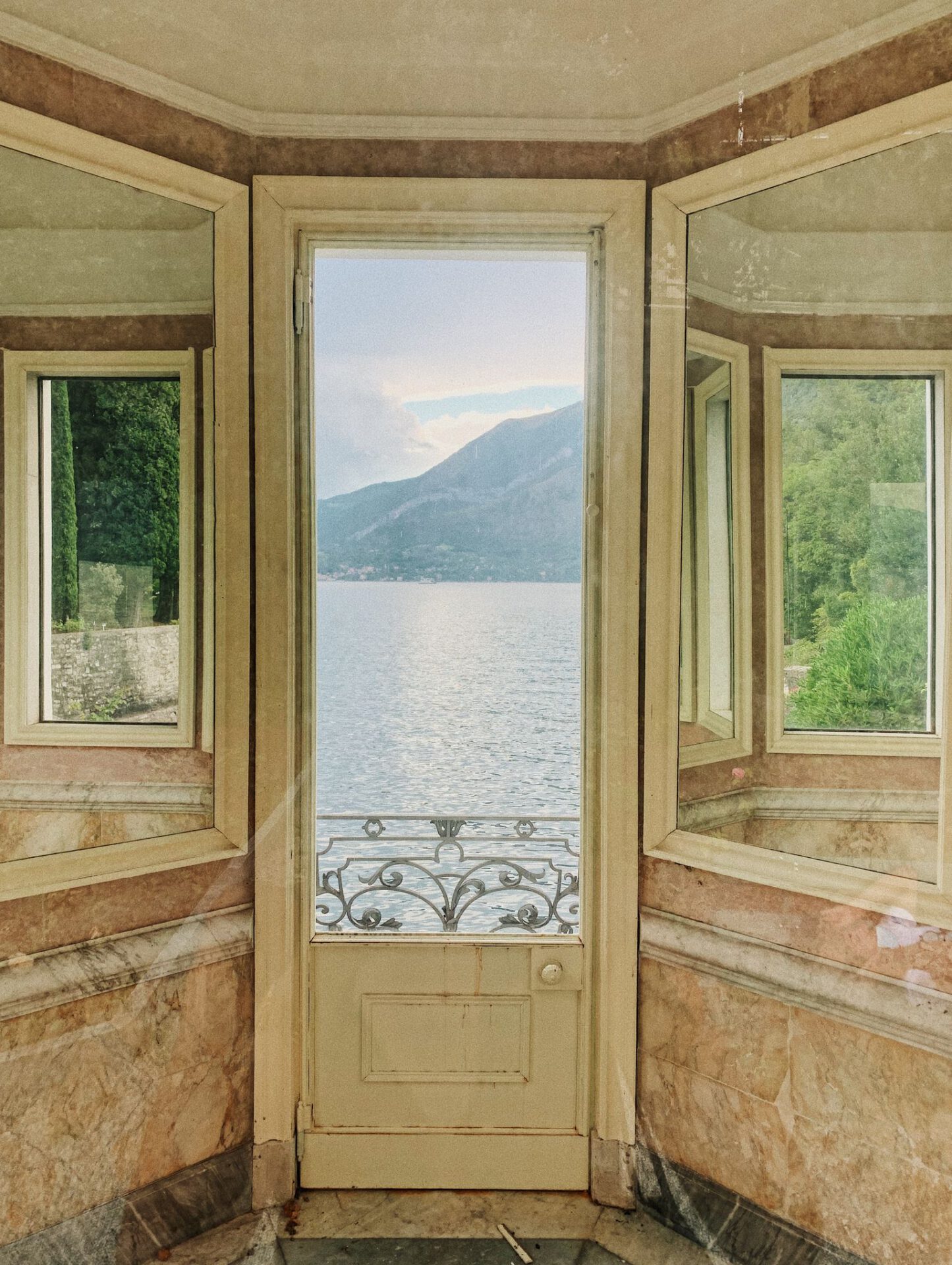
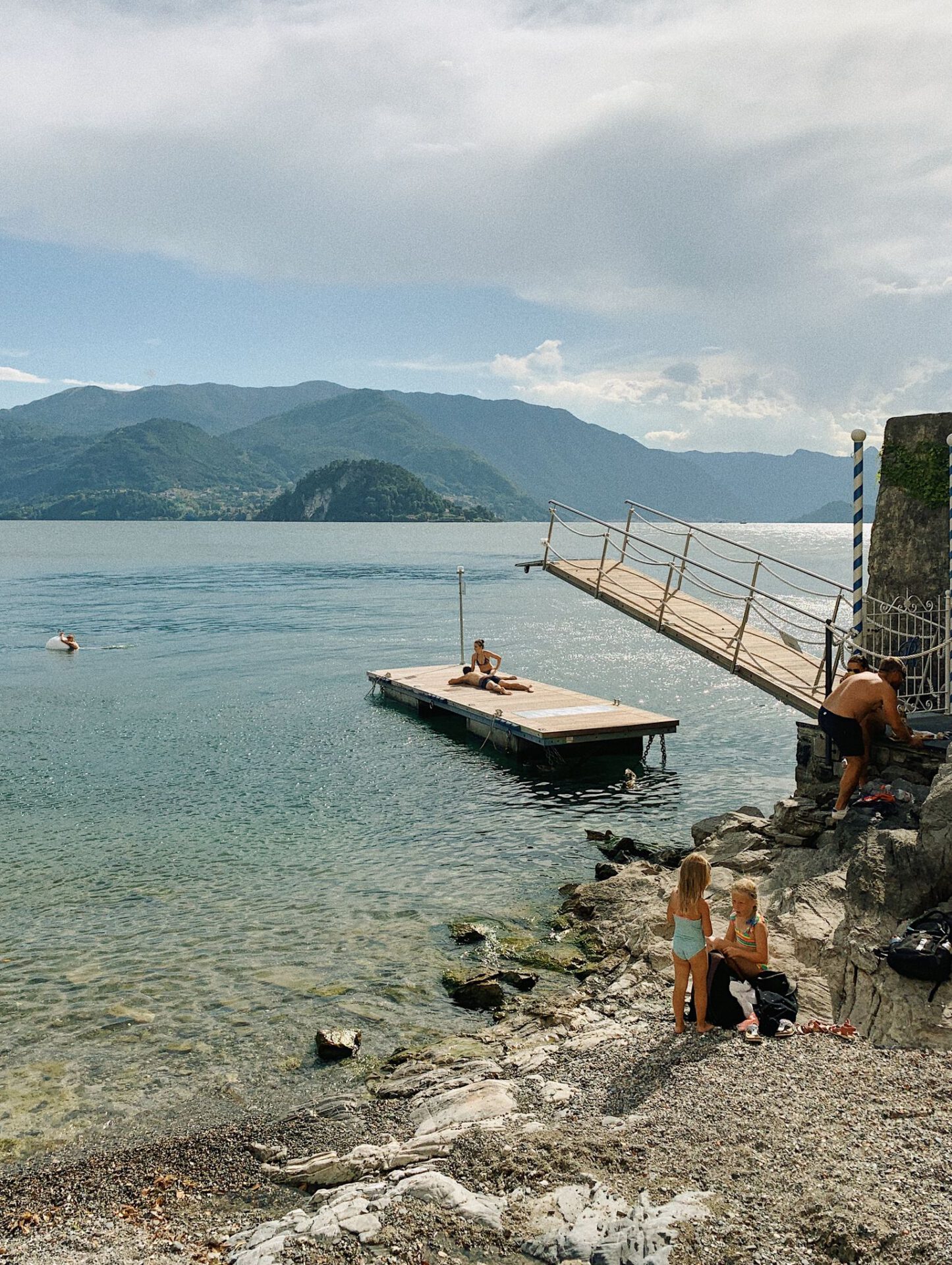
Varenna
Villa Olmo
Villa Olmo is a magnificent example of a neoclassical villa in Como — its name refers to the presence of two old elms, subsequently demolished. This imposing eighteenth-century residence, sober and elegant, opens up with an Italian garden, with attention to the smallest details and with direct access to the lake. It was built in neoclassical style between 1782 and 1787 by Ticino architect Simone Cantoni on behalf of the Odescalchi family. Over the years, the villa has hosted numerous prominent personalities, including Napoleon Bonaparte, Giuseppe Garibaldi and Ugo Foscolo.


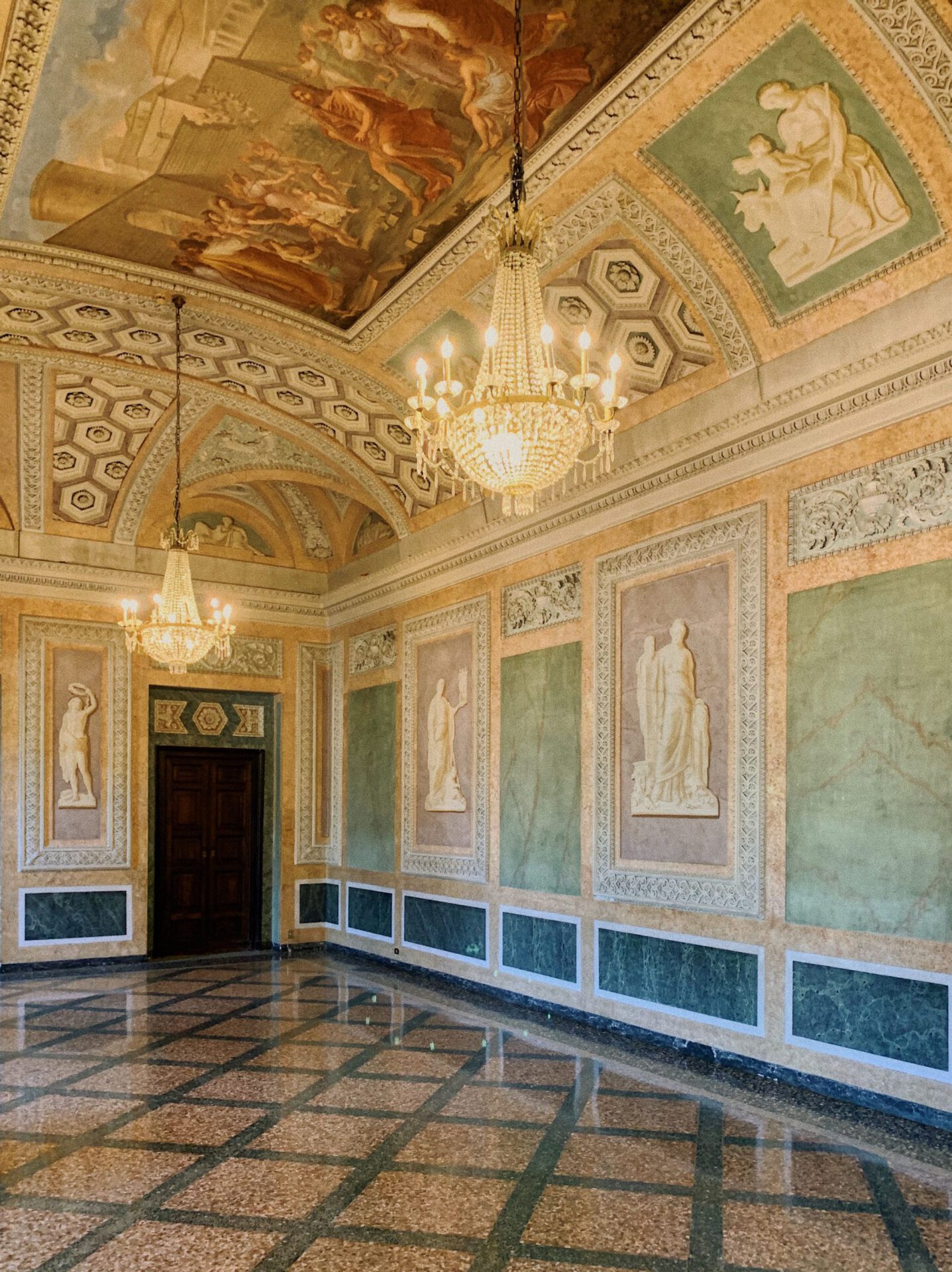

Villa Olmo
Lenno and Villa del Balbianello
Lenno is a holiday resort located on the western shore of Lake Como, known above all for the presence of buildings of great beauty and importance, such as Villa del Balbianello. This elegant, splendid mansion, from the romantic era, and its magnificent garden rich in history and beauty was built in 1787 by Cardinal Durini. After numerous changes of ownership it was bought by the entrepreneur Guido Monzino who, on his death, bequeathed it to the F.A.I., the Italian Environment Fund. Guido Monzino, explorer and collector, redecorated all the rooms enriching them with his treasures and took care of his wonderful park, full of romantic and scenographic corners, surrounded by the lake and nearby towns of Como.


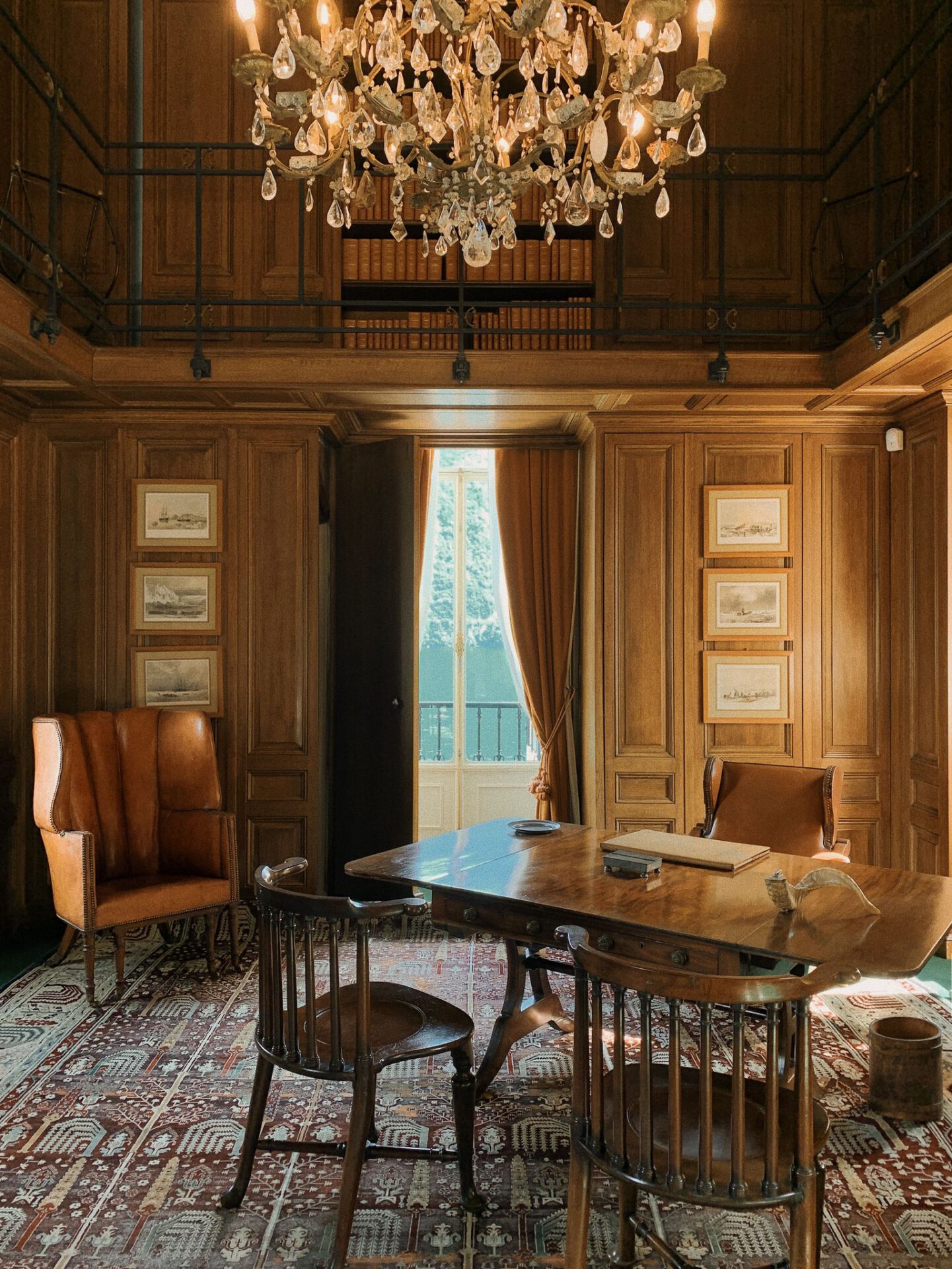

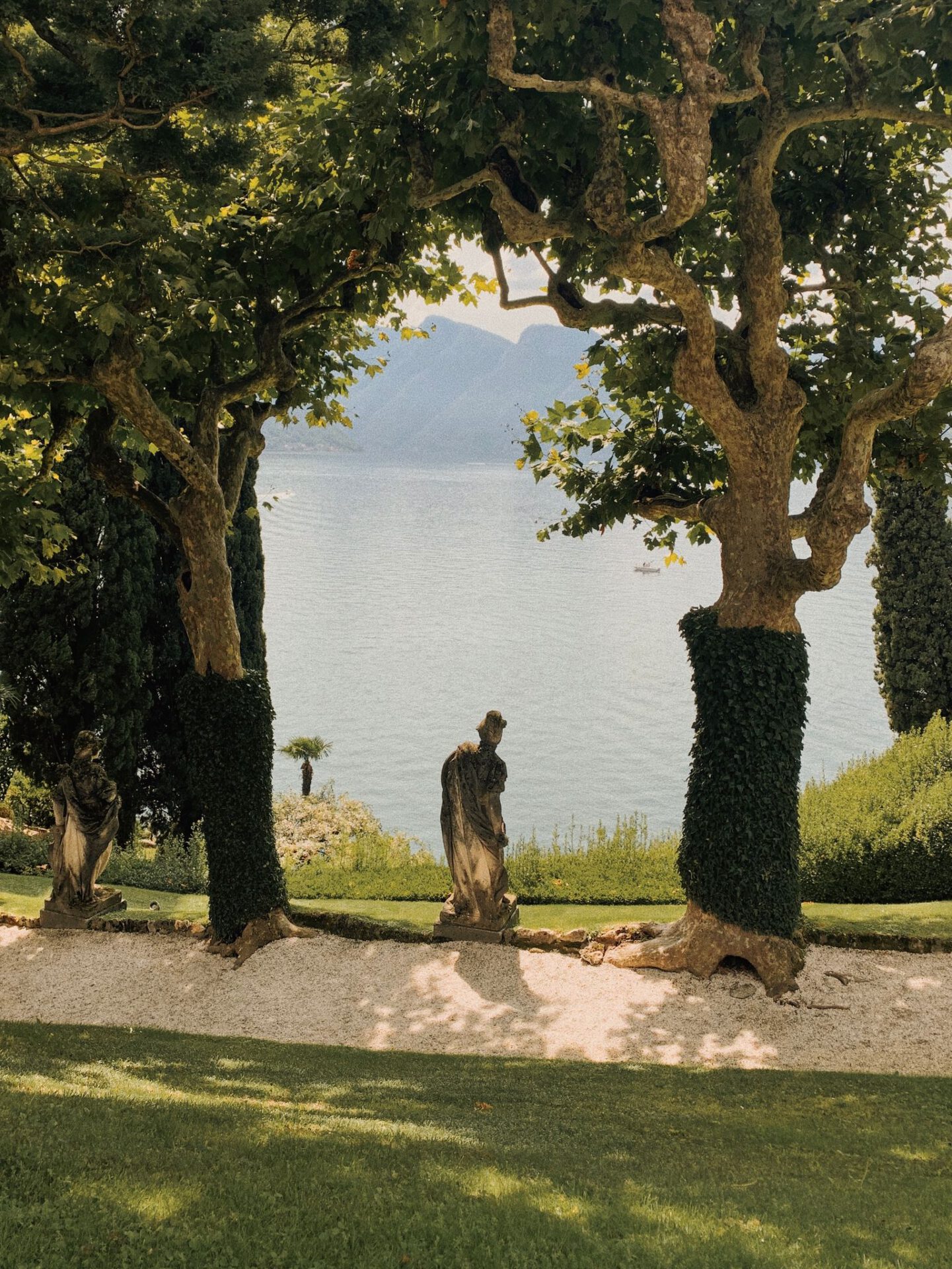
Lenno
Villa Carlotta
Villa Carlotta, in Tremezzo, is a place of rare beauty, located in a panoramic position on the lake. The villa is famous both for its collections kept inside, and for the vast botanical garden that surrounds it: a magical combination of nature and art.
The terraced garden around the house hosts over 500 species of plants, facilitated in their flowering thanks to a mild climate. Being so vast, it is also varied: there are not “only” flowers, but also cedars, ferns, olive trees, bamboos and much more. The citrus greenhouse is now a museum of the ancient agricultural tools used in the residence.
The building, although very impressive, seems almost tiny within its huge park; the lower floor is mainly embellished by the works of art it houses, while the upper floor is characterized by the refinement and taste with which the rooms are furnished.
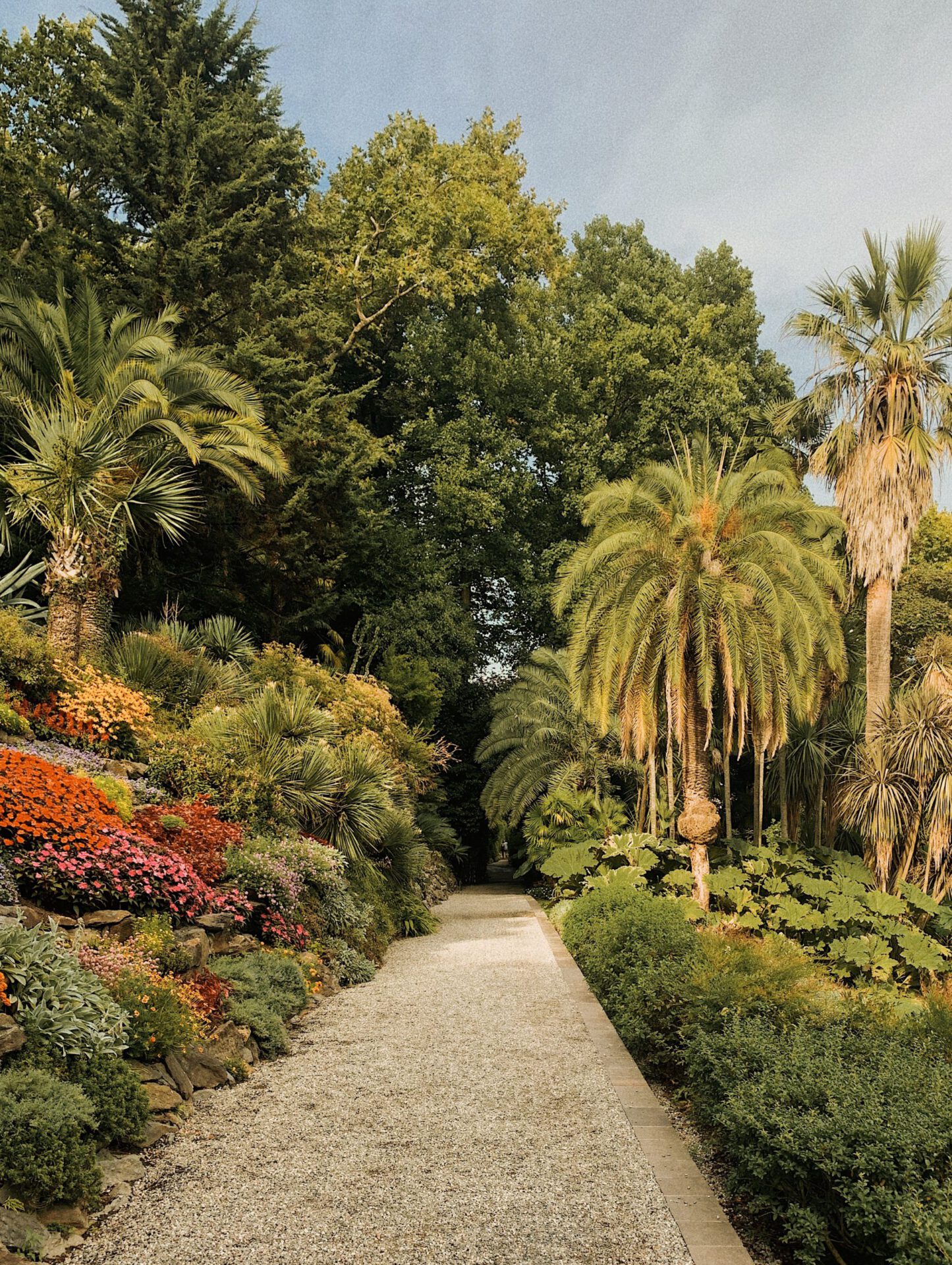
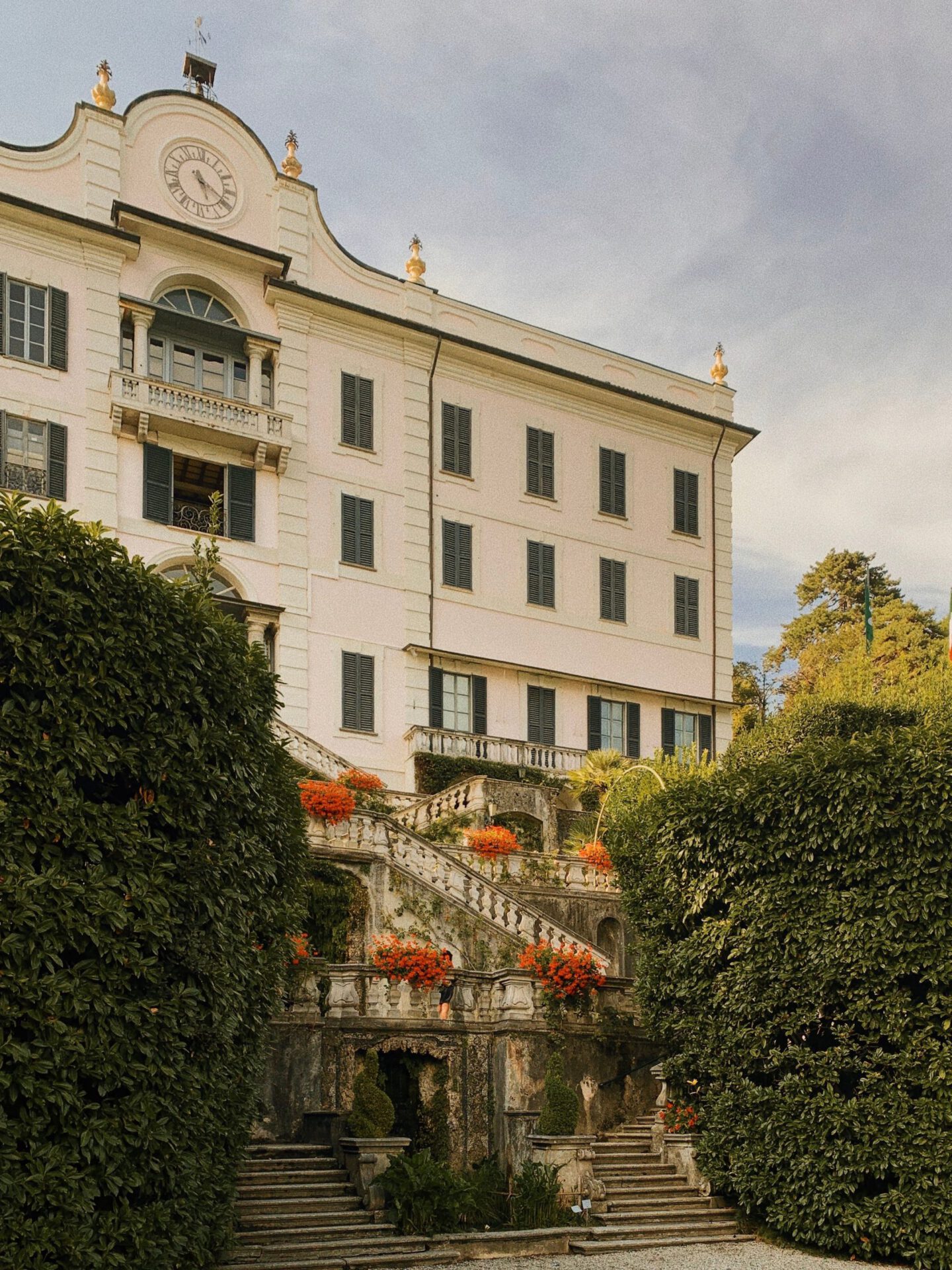

Villa Carlotta (Tremezzo)
Villa Melzi
Bellagio is a charming town on the promontory that separates the two branches of the lake in a suggestive landscape made up of alleys, stairways and sumptuous homes. It is in fact the villas and gardens that make Bellagio perhaps the most representative center of this splendid Riviera; here we find Villa Melzi, a building that has undoubtedly contributed to the “myth” of this enchanting town, also called the “Pearl of Lake Como” for its unique and special atmosphere.
Villa Melzi, built in neoclassical style, is a private residence. While the villa is closed to the public the splendid English garden that surrounds it can be visited; in fact it is enough to walk in this open space to fall madly in love. The park is enriched with sculptures and presents a remarkable botanical variety; typical species of the pre-alpine area are flanked by sequoias, camphor, bald cypresses and majestic cedars, followed by centuries-old trees and hedges of camellias. There is also a small eastern corner with a lake of water lilies, definitely the garden’s most iconic and scenic part.
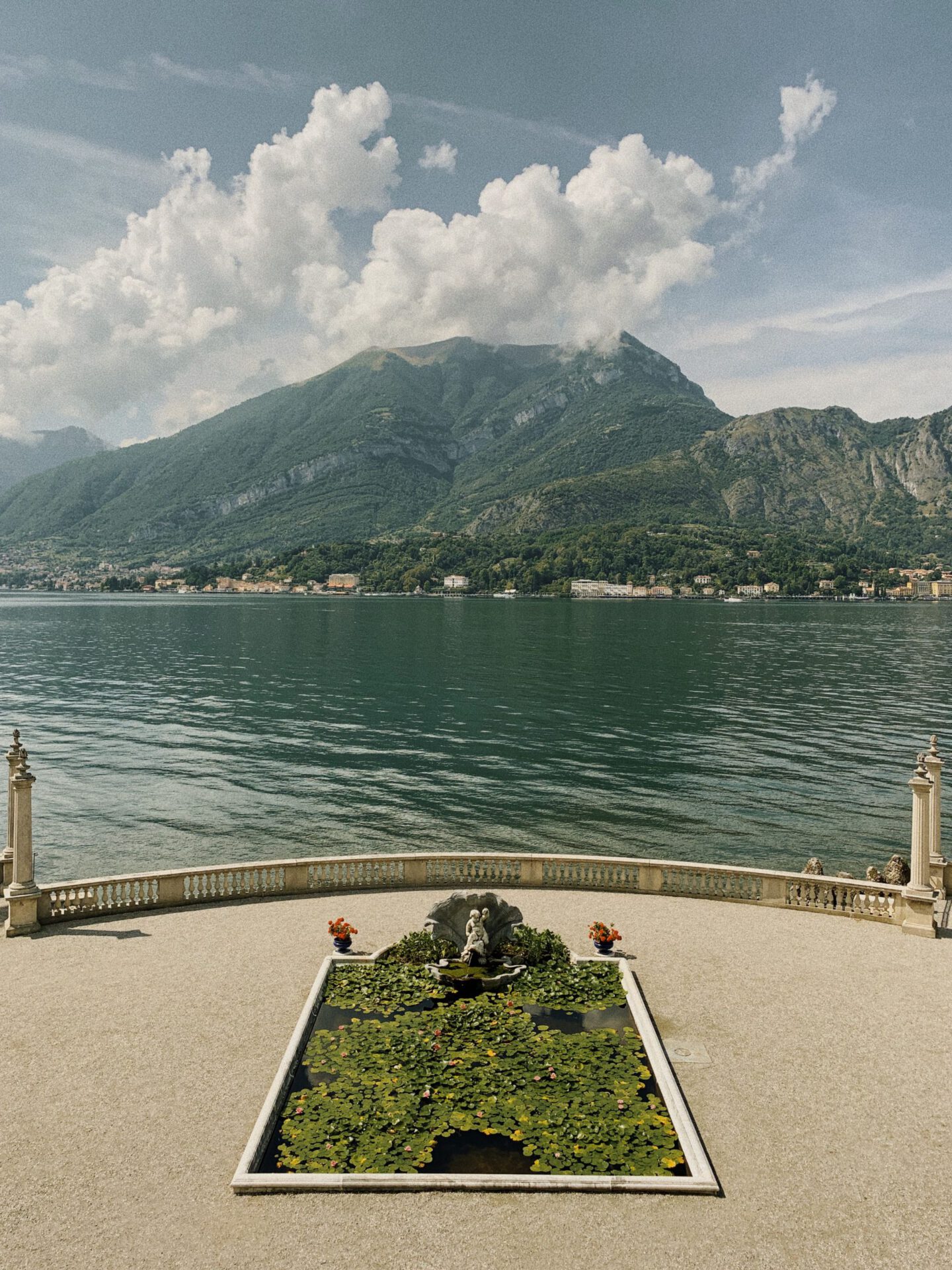

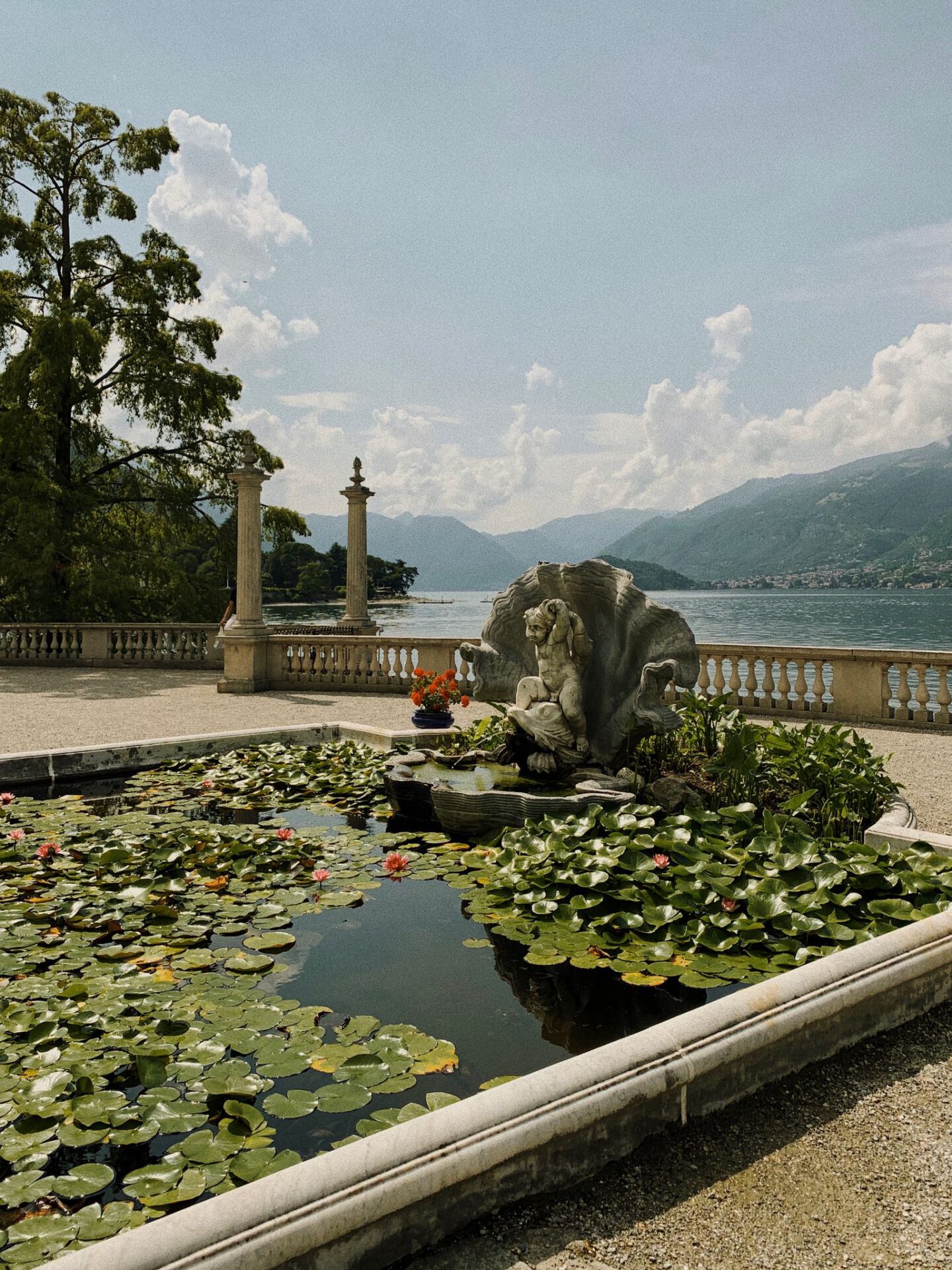

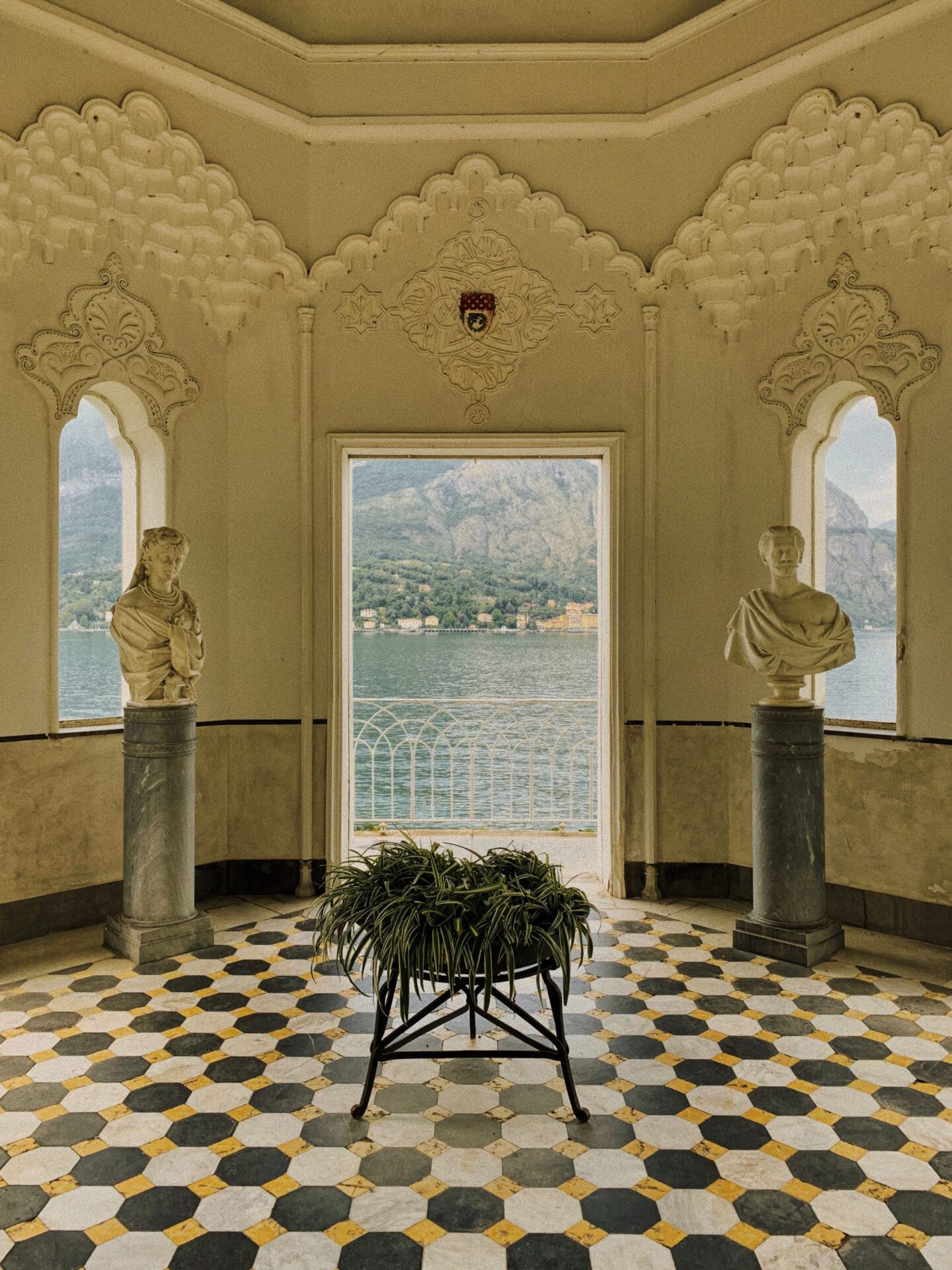
Villa Melzi (Bellagio)
LAKE MAGGIORE
Lake Maggiore is the second largest lake in Italy by surface (after Lake Garda), nestled in the pre-Alps, between Piedmont and Lombardy. It was called Lacus Maximus since Roman times, as it is the largest compared to the surrounding lakes.
On its banks are hidden real treasures: villas, splendid parks and huge palaces. Thanks to its history, and not unlike Lake Como, it has been a place and source of inspiration for artists, musicians and writers from all over Europe.
Our journey continues westwards and we stop for three days in Stresa, on Lake Maggiore, where we overlook a few islands, often chosen as a place of retreat and well-being: Isola Madre, Isola Bella and Isola dei Pescatori. Known as the Borromean Islands on Lake Maggiore, these Islands are a natural paradise in which to relax and take a real journey through time, through ancient villas and their well-kept parks characterized by animals and plants of all kinds.
Isola Madre
Isola Madre is the largest island of all, uninhabited, with an English garden featuring floral species from all over the world and colorful birds and white peacocks that roam freely in the park. Wisteria, magnolias, lemon and cedar trees, but also exotic flowers and other origins surround a sumptuous 16th century palace, Palazzo Borromeo. It is in fact the ancient noble residence of the homonymous family in which you can admire all its sweet beauty: period furnishings, portraits, porcelain, the spectacular Venetian Hall, and finally, the very particular domestic puppet theaters with which family entertained guests. Ancient tapestries, precious furnishings, and paintings, those who visit this ancient residence can immediately immerse themselves in the past.
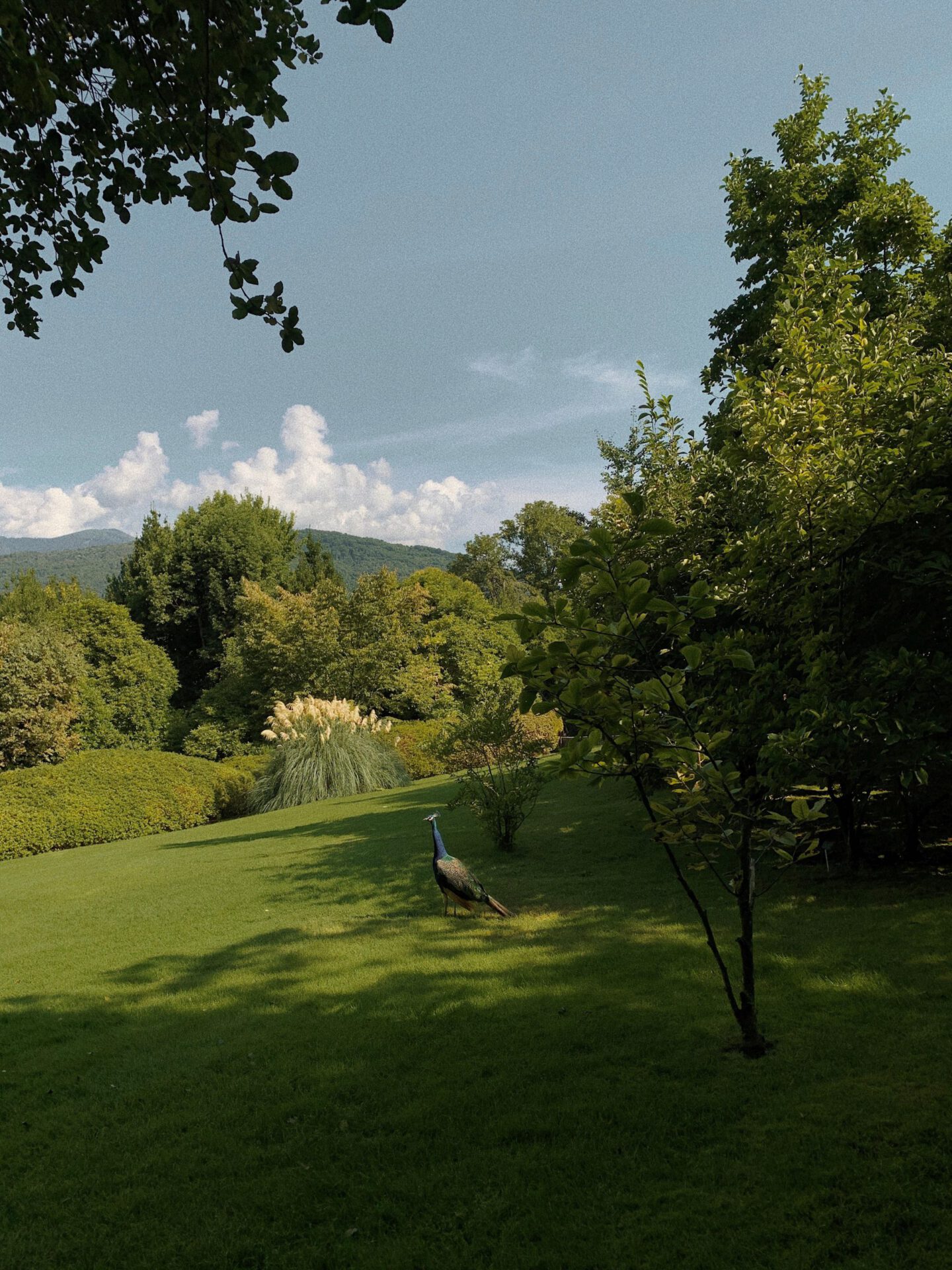




Isola Bella
The name Isola Bella derives from Isabella, wife of Charles III Borromeo, who made this uninhabited rock a prestigious island. If on Isola Madre the garden is in the English style, Isola Bella enjoys a splendid Italian garden consisting of ten overlapping terraces that culminate with an amphitheater and an imposing structure that stands out on the lake. Isola Bella also has its Palazzo Borromeo: a baroque residence with over 20 rooms made up of marble, stucco and a collection of Flemish tapestries; here we can admire works by Titian, Guido Reni, Correggio and Raffaello.
Isola Dei Pescatori
Also known as Isola Superiore, it is the only one to be inhabited. It hosts a small village of fifty inhabitants and also boasts excellent trattorias and a market. The ancient village once housed fishermen and still maintains the original architectural structure on which fish was once left to dry. Fishing, on the smallest island of the Borromean archipelago, is still very popular.
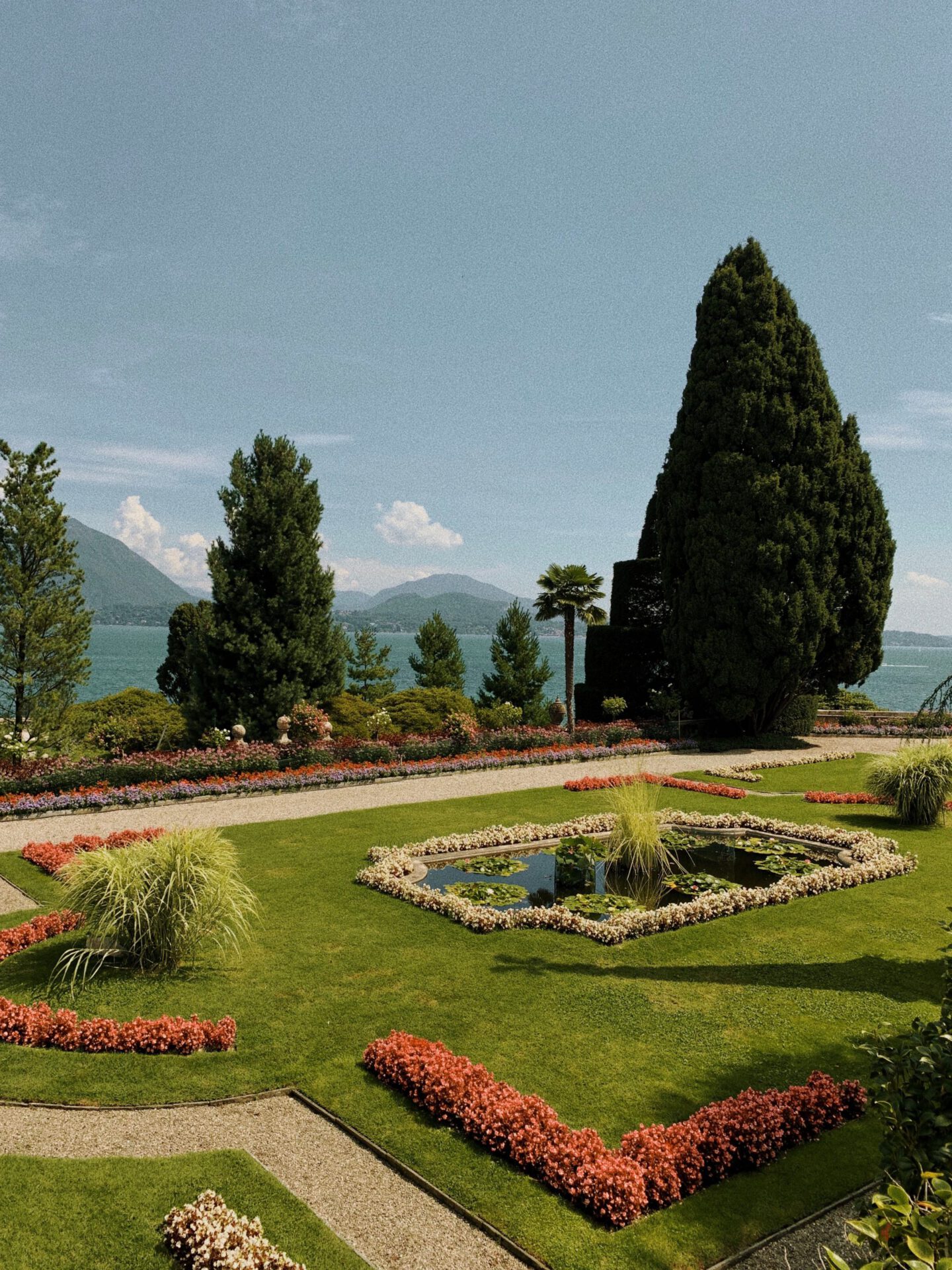


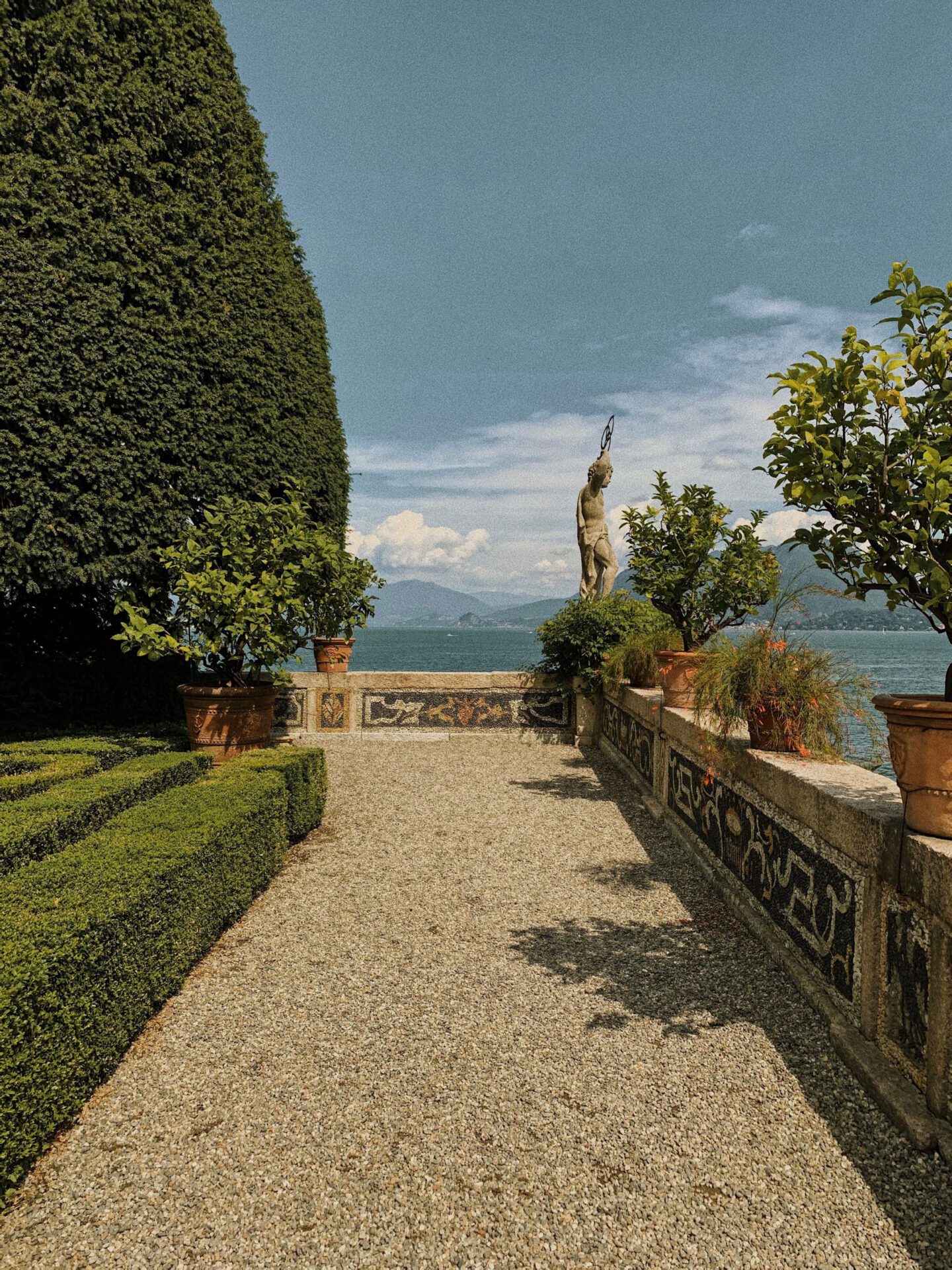
Photos by Giulia De Marchi
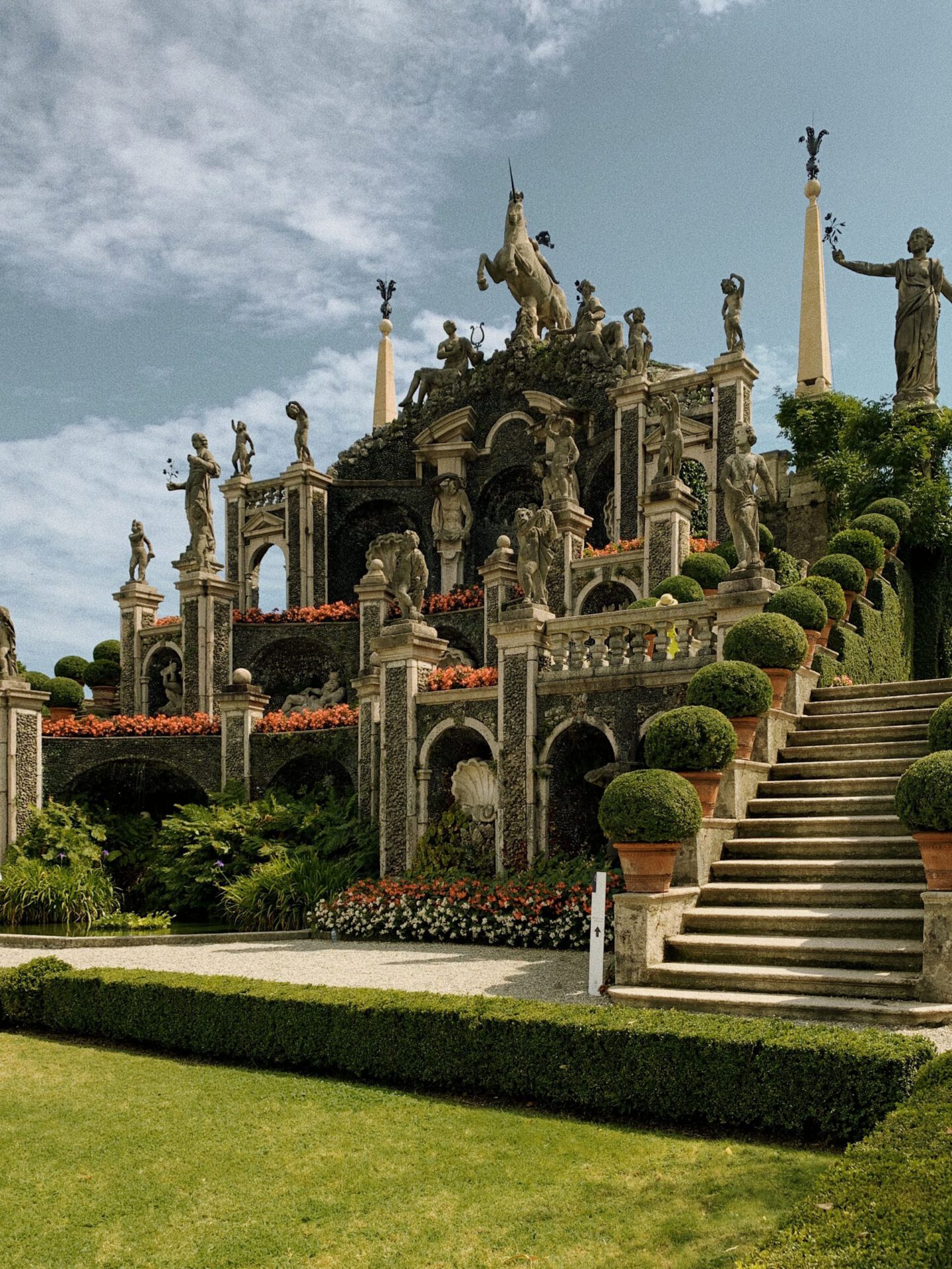
Isola Bella



